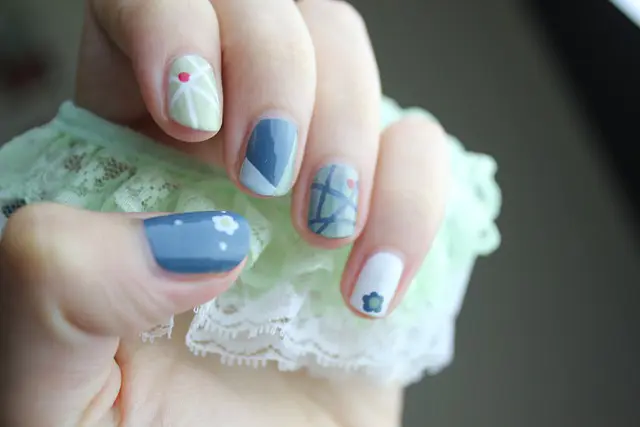Dry and cracked skin on your hands and feet is more than just a cosmetic issue; it can cause discomfort and pain, especially during colder months or for those with naturally dry skin. Finding effective solutions is vital for both the appearance and health of your skin. This comprehensive guide provides various methods to tackle this common problem, from keeping your skin hydrated to using natural remedies at home. By following these strategies, you can aim for softer, smoother skin on your hands and feet, enhancing comfort and confidence.
Ensure Proper Hydration
To combat dry, chapped skin, maintaining hydration is key, both internally and on the skin's surface. Here are some tips to help you stay hydrated:
Drink Plenty of Water
Make sure to drink enough water every day to keep your hydration levels optimal. Internal hydration is crucial for skin health. Water helps maintain skin flexibility, smoothness, and radiance by supporting its elasticity and natural functions. Adequate hydration can prevent dryness, flaking, and dullness, leading to a healthier complexion.
Use Moisturizers Regularly
Applying a high-quality moisturizer to your hands and feet regularly is essential for skin health. Moisturizers help retain hydration and assist in repairing the skin's protective barrier, creating a barrier that prevents moisture loss. This routine can prevent dryness, cracks, and irritation, promoting overall skin health. Make moisturizing your hands and feet a daily habit to keep them nourished and supple.
Use Humidifiers
Using a humidifier in your home, particularly during dry seasons like winter, can help maintain a comfortable and skin-friendly humidity level indoors. Humidifiers release water vapor into the air, which can alleviate dry skin, prevent respiratory issues, and maintain optimal moisture levels. Regular use of a humidifier can enhance overall well-being by promoting healthier skin and easier breathing, especially in arid climates or during colder months.
Exfoliate Gently
Exfoliation is essential for removing dead skin cells and promoting the growth of new, healthy skin. It's crucial for achieving smooth and soft skin on your hands and feet.
Soft Loofah or Brush: Gently exfoliate your skin with a soft loofah or brush using circular motions to remove dead skin without causing irritation.
Homemade Scrubs: A mixture of sugar or salt with olive oil can serve as an effective, natural exfoliating scrub.
Chemical Exfoliants: Products containing alpha-hydroxy acids (AHAs) or beta-hydroxy acids (BHAs) can help exfoliate the skin more deeply but gently.
Consistency and Gentleness: Regular exfoliation is important, but overdoing it can lead to skin damage.
Deep Hydration Treatments
Deep hydration treatments, such as overnight masks or heavy creams, are essential for healing dry, cracked skin. These products often contain ingredients like hyaluronic acid, glycerin, and ceramides, which are designed to lock in moisture and promote skin repair while you sleep. Applying these treatments to your feet and hands before bed and covering them with cotton gloves or socks can enhance absorption and effectiveness, leading to smoother, more supple skin.
Incorporating oils like coconut, olive, or almond into your skincare routine can provide an extra hydration boost. These natural oils are rich in vitamins and fatty acids, which are essential for maintaining the skin's barrier and preventing moisture loss. Regular application after showering can significantly improve skin texture and elasticity.
Preventive Care Practices
To strengthen your preventive care routine against dry, cracked skin, consider these daily habits:
Avoid Hot Water Baths: Extremely hot water can strip the skin of its natural oils, worsening dryness. Opt









